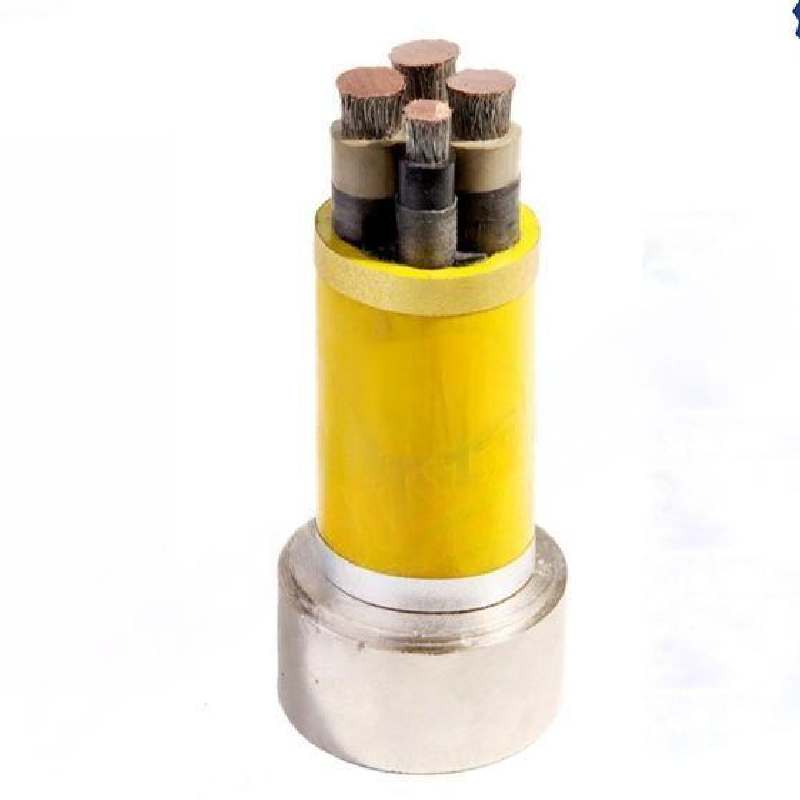9 月 . 09, 2024 04:11 Back to list
butterfly valve double flange type
Understanding Butterfly Valves The Double Flange Type
Butterfly valves are essential components in various industrial and commercial applications, primarily for controlling the flow of fluids. Among the different configurations available, the double flange butterfly valve stands out as a reliable and effective solution for many users. This article delves into the features, benefits, and applications of double flange butterfly valves, highlighting their importance in fluid management systems.
What is a Double Flange Butterfly Valve?
A double flange butterfly valve is characterized by its mounting configurations, which include flanged ends on both sides of the body. This design enables easy installation between two pipe flanges, providing a sturdy and leak-proof connection. The valve consists of a rotating disc, which is positioned in the center of the pipeline. When the valve is opened, the disc rotates to allow fluid to pass through, and when closed, it seals tightly against the body to prevent any fluid leakage.
Key Features of Double Flange Butterfly Valves
1. Compact Design One of the most notable features of double flange butterfly valves is their compactness. Unlike other types of valves that may require additional space for operation, butterfly valves are designed to be space-efficient without compromising on performance.
2. Versatility Double flange butterfly valves can be used in a wide range of applications, from water treatment plants and chemical processing to HVAC systems and oil and gas industries. They can handle various types of fluids, including liquids, gases, and slurries.
3. Durability Constructed from robust materials such as stainless steel, cast iron, or PVC, double flange butterfly valves are built to withstand high pressures and temperatures. Their durability ensures they can operate effectively in demanding environments.
4. Ease of Operation These valves can be operated manually or with automated actuators. The ease of operation makes them suitable for both skilled and unskilled personnel, thereby reducing operational complexities.
butterfly valve double flange type

Benefits of Using Double Flange Butterfly Valves
- Cost-Effectiveness The straightforward design of double flange butterfly valves reduces both material and manufacturing costs. This cost-effectiveness translates into savings for businesses looking to optimize their operations.
- Minimal Flow Resistance The streamlined design of the disc allows for minimal flow resistance, ensuring efficient fluid flow. This feature is particularly beneficial in applications where maintaining fluid velocity is critical.
- Reliable Sealing The design of the butterfly valve, along with the proper selection of seals, guarantees a reliable seal when closed. This prevents leaks and helps in maintaining the integrity of the system.
Applications
Double flange butterfly valves are widely used in various industries. In water treatment facilities, they regulate the flow of treated water, ensuring proper distribution. In HVAC systems, they control airflow efficiently, contributing to energy savings. Additionally, they play a crucial role in chemical processing and petroleum industries, where precise flow control is paramount.
Conclusion
In summary, double flange butterfly valves are vital components in modern fluid management systems. Their combination of durability, efficiency, and versatility makes them an ideal choice for a wide range of applications. By understanding their features and benefits, businesses can make informed decisions about integrating these valves into their operations, ultimately enhancing performance and reliability. Whether in the industrial sector or commercial applications, double flange butterfly valves continue to be a preferred solution in flow control technology.
Share
-
Understanding the Differences Between Wafer Type Butterfly Valve and Lugged Butterfly ValveNewsOct.25,2024
-
The Efficiency of Wafer Type Butterfly Valve and Lugged Butterfly ValveNewsOct.25,2024
-
The Ultimate Guide to Industrial Swing Check Valve: Performance, Installation, and MaintenanceNewsOct.25,2024
-
Superior Performance with Industrial Swing Check Valve: The Essential Valve for Any SystemNewsOct.25,2024
-
Industrial Swing Check Valve: The Ideal Solution for Flow ControlNewsOct.25,2024
-
You Need to Know About Industrial Swing Check Valve: Functionality, Scope, and PerformanceNewsOct.25,2024